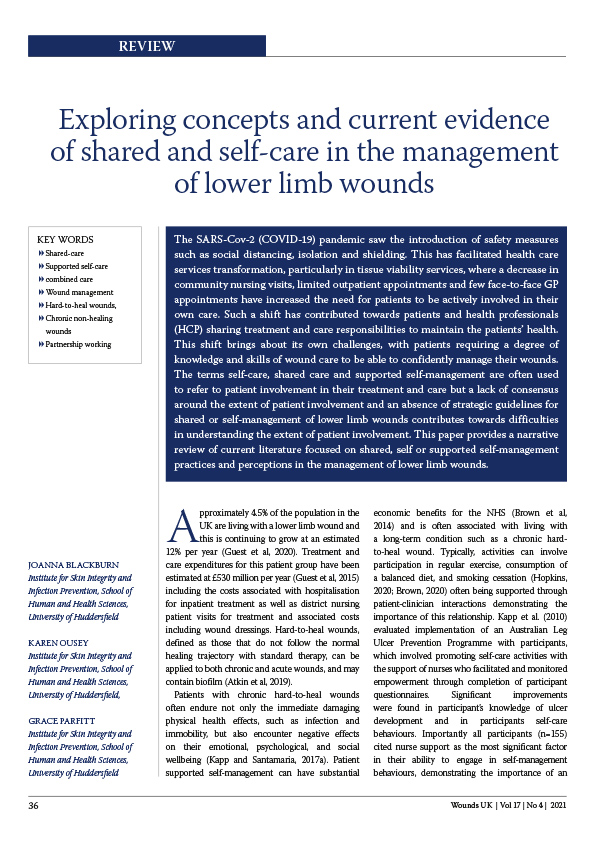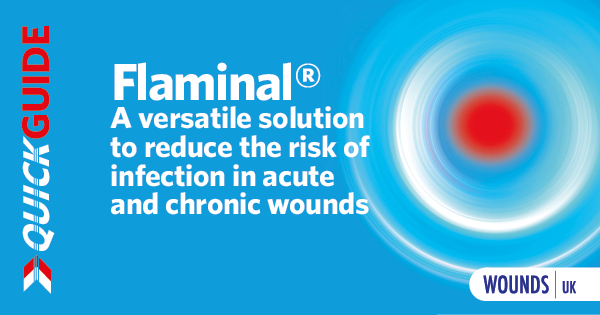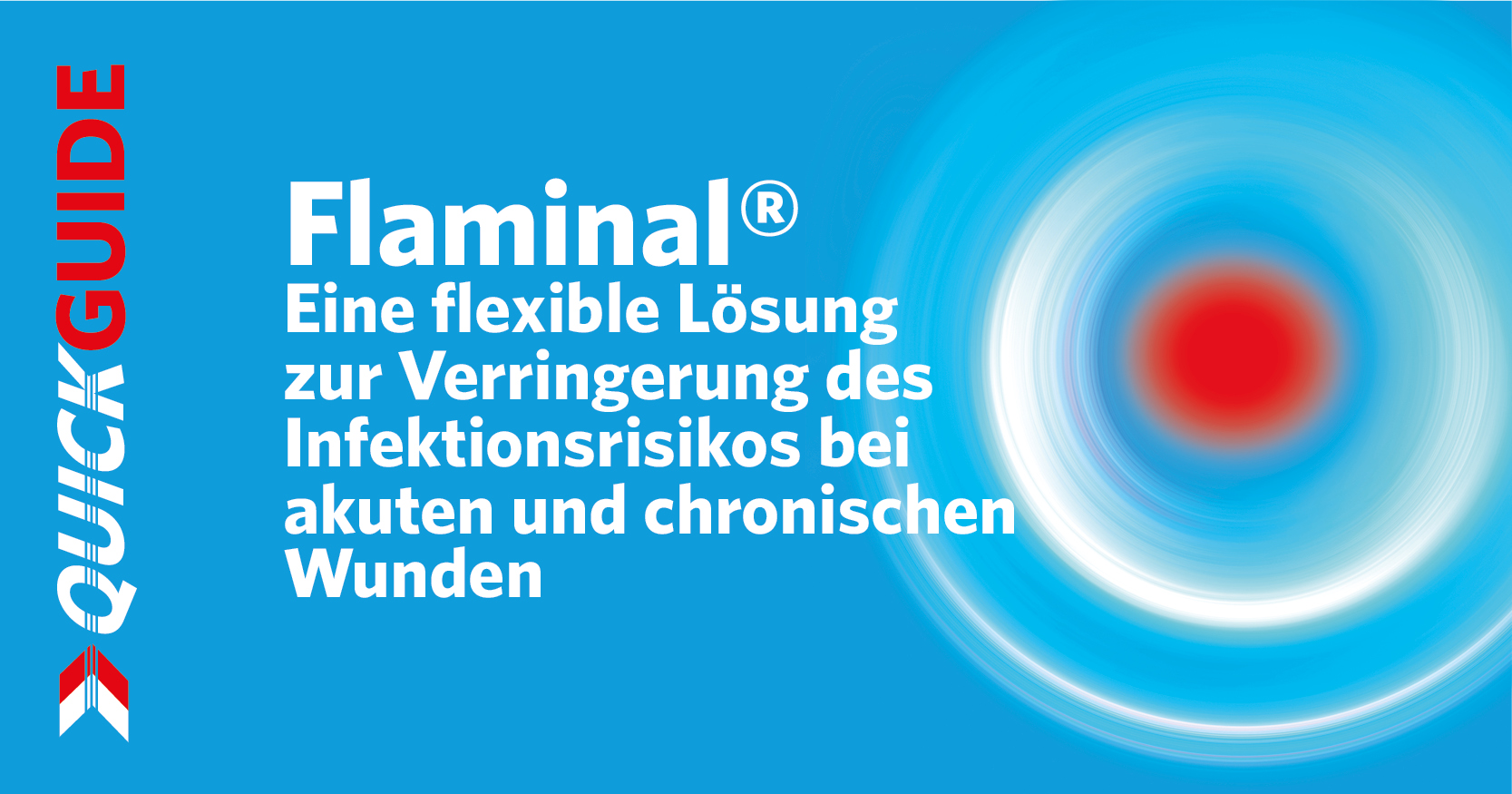The SARS-Cov-2 (COVID-19) pandemic saw the introduction of safety measures such as social distancing, isolation and shielding. This has facilitated health care services transformation, particularly in tissue viability services, where a decrease in community nursing visits, limited outpatient appointments and few face-to-face GP appointments have increased the need for patients to be actively involved in their own care. Such a shift has contributed towards patients and health professionals (HCP) sharing treatment and care responsibilities to maintain the patients’ health. This shift brings about its own challenges, with patients requiring a degree of knowledge and skills of wound care to be able to confidently manage their wounds. The terms self-care, shared care and supported self-management are often used to refer to patient involvement in their treatment and care but a lack of consensus around the extent of patient involvement and an absence of strategic guidelines for shared or self-management of lower limb wounds contributes towards difficulties in understanding the extent of patient involvement. This paper provides a narrative review of current literature focused on shared, self or supported self-management practices and perceptions in the management of lower limb wounds.







